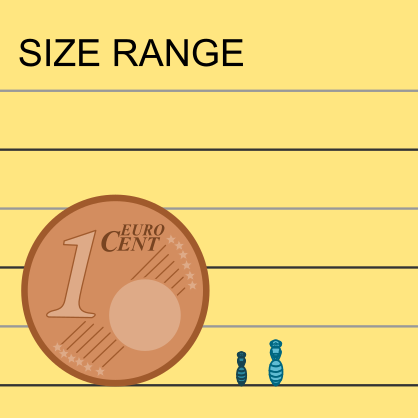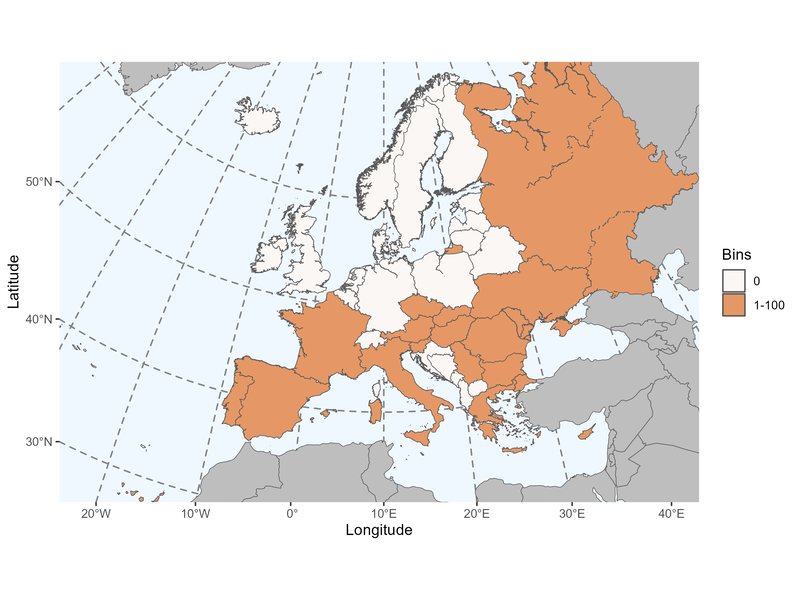Author: Strand, 1913
|
Type species: Halictus horni Strand, 1913, monobasic.
|
Clade: Anthophila
Family: Halictidae Subfamily: Halictinae Tribe: Nomioidini |
|
Distinctive traits
|
Pictures of distinctive traits.
|
Morphologically close genera and how to distinguish them
Nomioides species have a yellow translucent posterior part of T2, revealing the basal part of T3 underneath. Males have an apical process on their sternite 8.
Halictus & Lasioglossum species are much larger with a marginal cell pointed. Females have a furrow on T5.
- Ceylalictus - Nomioides
Nomioides species have a yellow translucent posterior part of T2, revealing the basal part of T3 underneath. Males have an apical process on their sternite 8.
- Ceylalictus - Halictus & Lasioglossum
Halictus & Lasioglossum species are much larger with a marginal cell pointed. Females have a furrow on T5.
General comments on Ceylalictus species identification
There is only one species of Ceylalictus recorded in Europe.
There is only one species of Ceylalictus recorded in Europe.
Ceylalictus species found in Europe (Ghisbain et al. 2023):
Ceylalictus (Ceylalictus) variegatus (Olivier, 1789)
Ceylalictus (Ceylalictus) variegatus (Olivier, 1789)
Page contributors:
You noticed a mistake? You have a suggestion to improve this page?
Don't keep it to yourself, contact us and become a contributor to IDmyBee!
- Adrien Perrard (Dec. 2023)
- Adrien Perrard (Dec. 2019)
You noticed a mistake? You have a suggestion to improve this page?
Don't keep it to yourself, contact us and become a contributor to IDmyBee!
References used to write this page:
- Ghisbain, G., Rosa, P., Bogusch, P., Flaminio, S., Le Divelec, R., Dorchin, A., Kasparek, M., Kuhlmann, M., Litman, J., Mignot, M., Müller, A., Praz, C., Radchenko, V.G., Rasmont, P., Risch, S., Roberts, S.P.M., Smit, J., Wood, T.J., Michez, D. & Reverte, S. (2023). The new annotated checklist of the wild bees of Europe (Hymenoptera: Anthophila). Zootaxa, 5327(1), 1-147.
- Michener, C.D. 2007. The Bees of the World, 2nd Edition. The John Hopkins University Press, Baltimore.
- Michez D., Rasmont P., Terzo, M., Vereecken, N. 2019. Abeilles d'Europes. Hymenoptères d'Europes, Volume 1. N.A.P. Editions.
- Nieto, A., Roberts, S. P., Kemp, J., Rasmont, P., Kuhlmann, M., García Criado, M., ... & Michez, D. 2014. European red list of bees. Luxembourg: Publication Office of the European Union, 98.
- Rasmont, P., Devalez, Jelle, Pauly, A., Michez, D. & Radchenko, V.G. 2017. Addition to the checklist of IUCN European wild bees (Hymenoptera: Apoidea). Annales de la Société entomologique de France 53: 17-32.



